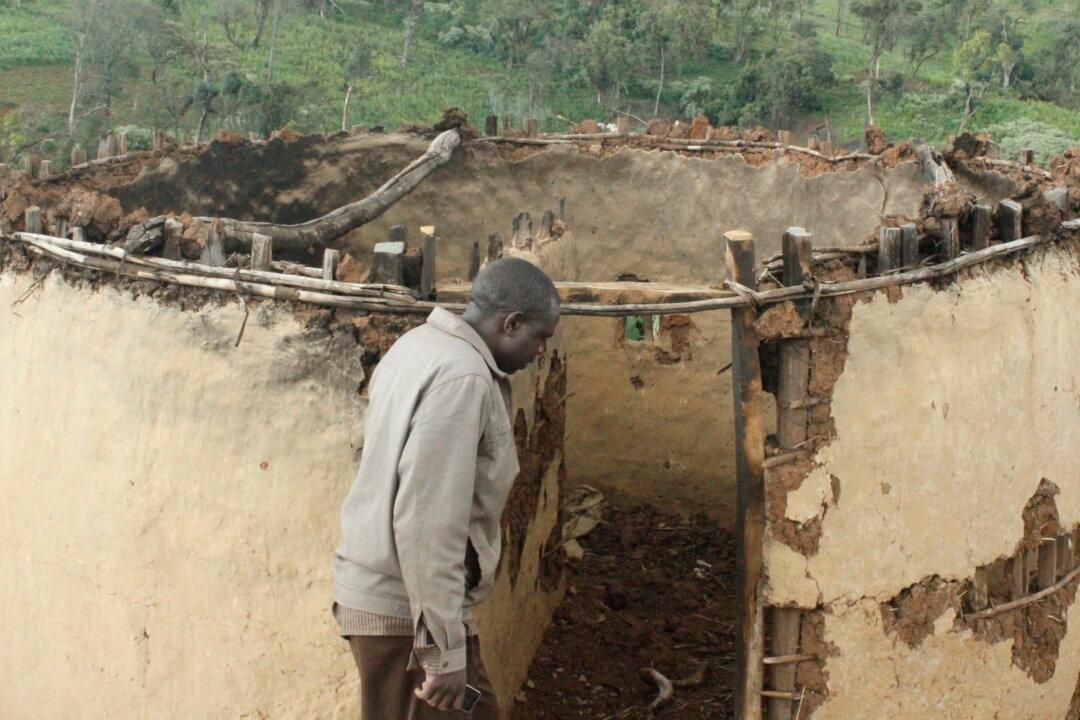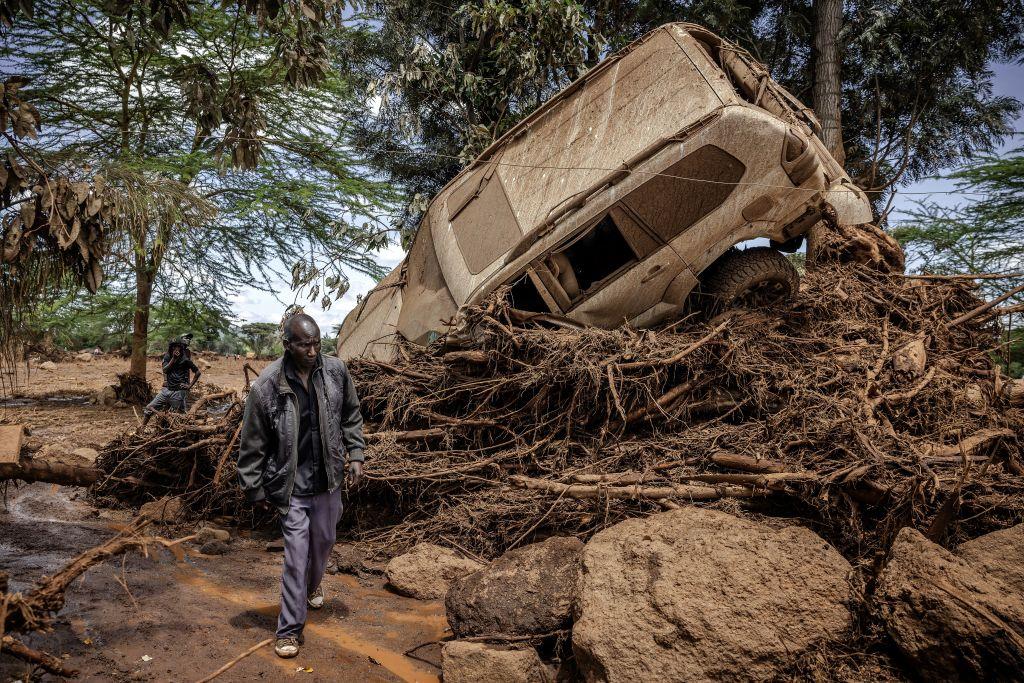MASAITA, Kenya—Twenty years ago, when Rael Chemutai and her husband heard about the fertile land that was for sale near the Mau Forest, about 200 kilometers (124 miles) west of Kenya’s capital Nairobi, they decided to sell their belongings and set out on a journey to finally settle on the productive land.
The 90-year-old mother of 10 is now living with her eight grandchildren in a makeshift structure made of nylon papers and old corrugated iron sheets near the Mau Forest in Masaita village, a few kilometers away from her original home in the village of Ororwet, where they first settled after the move.





